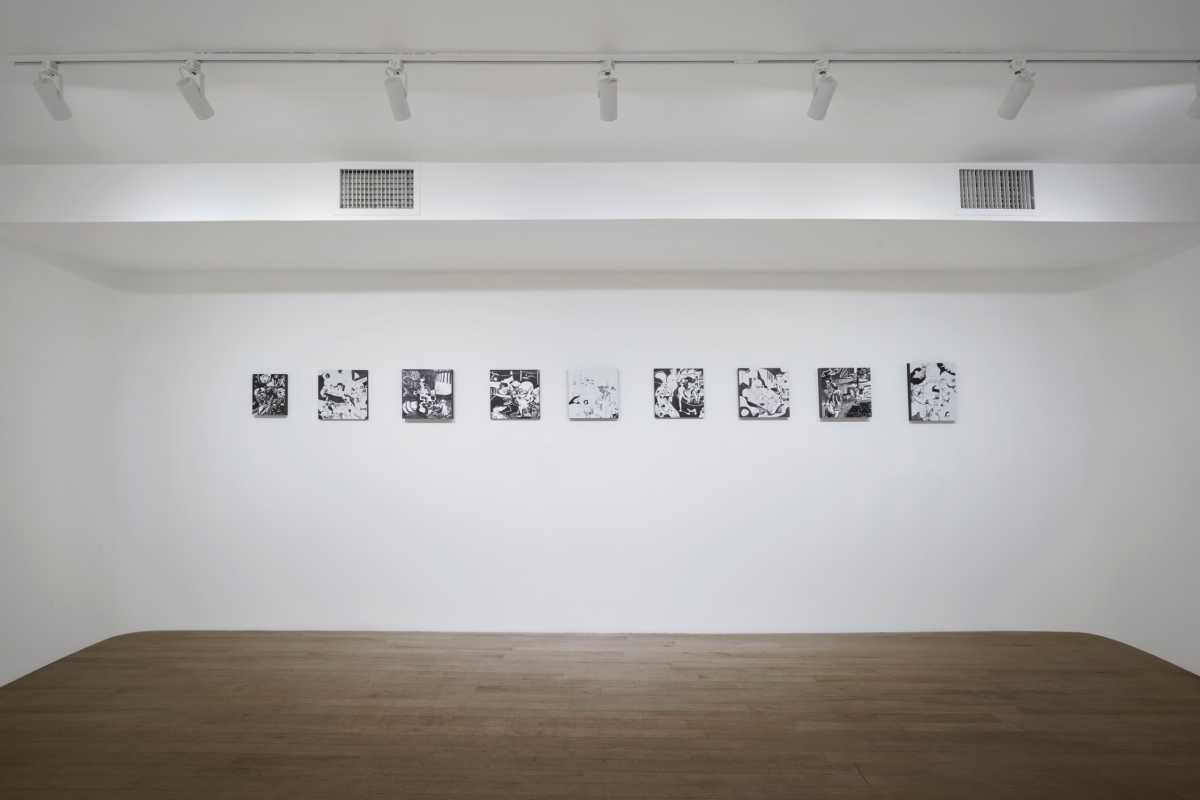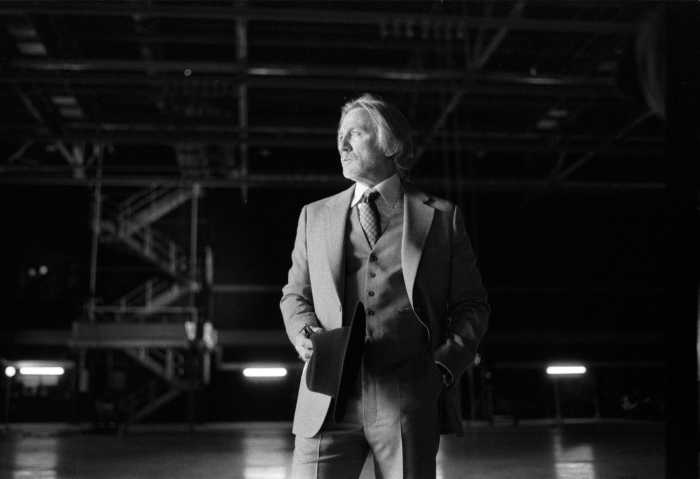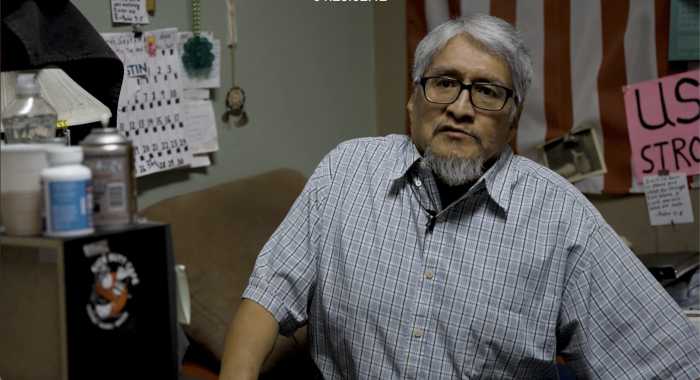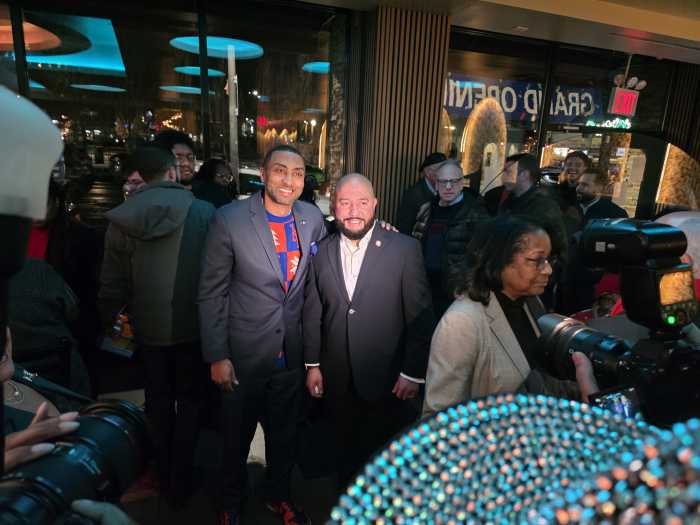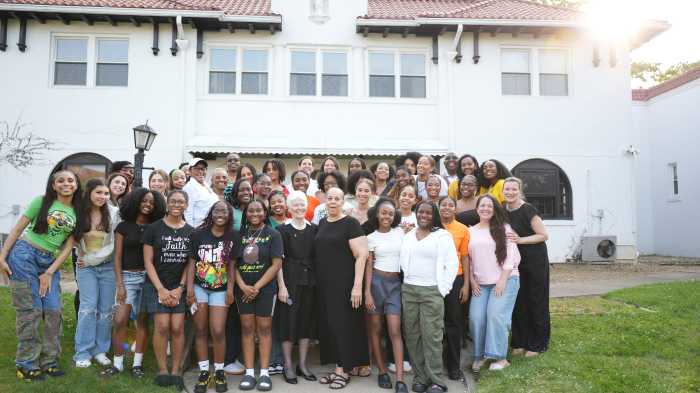Artists’ sketchbooks are the proverbial windows into their creators’ imaginations, chronicles of the artistic process. Sketchbooks can offer insight into the sense-making trajectory that led up to a now-iconic work of art, showing the stages through which its creator struggled, from inkling to installation. The mission of exhibitions featuring artists’ sketchbooks is, thus, to expose the thought process of a creative mind after or approaching the end of the artist’s life and career — usually, long after, as was the case with Pace Gallery’s recent exhibition of selections from the sketchbooks of Pablo Picasso, marking the 50th anniversary of the artist’s death. A world-famous artist of the 20th century, it made sense why we would want to view his sketches. Or, did it?
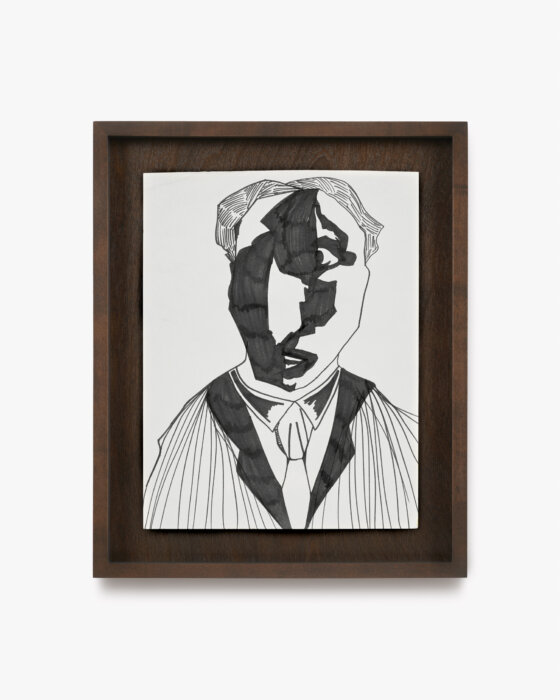
The French philosopher Gilles Deleuze pondered this question in his book, “The Logic of Sense,” proclaiming that the meaning of sense is that which strikes the mind as “a constant set of correlations and associations.” In this, well, sense, the correlations and associations of an exhibition of an artist’s sketchbooks — “The Sketchbook Exhibition,” let’s call it — are canonization, completion, iconography and expiry.
Chella Man seeks to invert or distort this logic in his first solo exhibition, “It Doesn’t Have to Make Sense,” at Hannah Traore Gallery. The show is premised on a contemporary, not posthumous, regard, and on viewing not the formation of built artworks, but “futurebuilding,” according to the 25 year-old artist himself, ideas in formation.
The show features selections from Chella Man’s sketchbooks (as well as paintings) that date back only to 2014 when he was embarking on the journey to publicly make sense of himself as a biracial (Asian-American and white Jewish), deaf, transgender man. It is a body of work showing not how pieces of art came to be, but who an artist is aspiring to become.
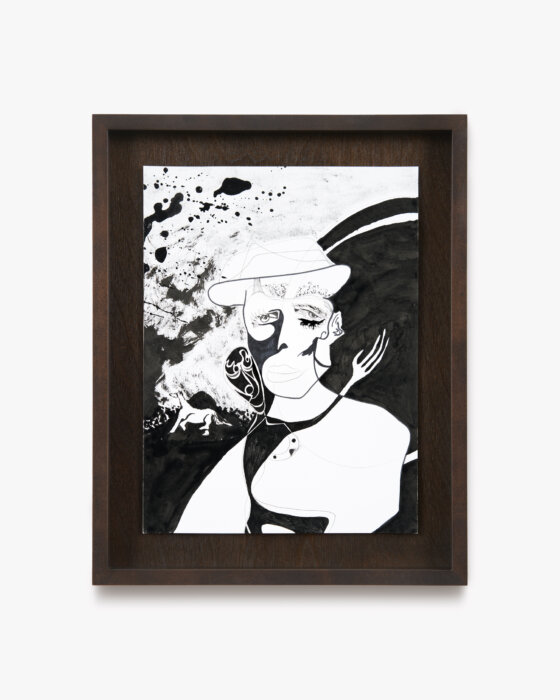
Fittingly, the exhibition begins with a self-portrait from 2017. Chella Man’s facial features emerge from scribbles of lines, setting the subjunctive mood of the creative articulations to follow. “As a Deaf individual, my daily drawing practice taught me that the fluidity of lines can free me from the constraints of language,” he declares in his artist’s statement.
Raised in a conservative Pennsylvanian town where creative expression was undervalued, Chella Man’s first artistic outlet was the sketchbook. YouTube soon followed, with him launching a confessional channel where he discussed his transitioning as a deaf man and an artist. He then began modeling for the likes of Calvin Klein and the Gap, and went on to act, most notably in the role of Jericho, a mute superhero in the digital show, “Titans.” He has also written a book and racked up a stream of appearances on mainstream media. This was clearly an aspiration from the git-go: “Promo me on his Instagram,” he writes in a laundry list of things to get done above another self-portrait.
Chella Man describes himself as a cyborg, a bionic human. This he represents in sketches of genderfluid persons wearing hearing devices, or of ears simply floating disconnected from the listeners who would use them. (Chella Man communicates in American Sign Language and English.)
In this, the show ably visualizes another conceptualization of Deleuze (with co-author Félix Guattari), the “body without organs” (BwO). This concept posits that a body or form is constrained in its desire, potential, and will by the very organization of its constituent parts into a regulated whole. The body is limited by its organs.
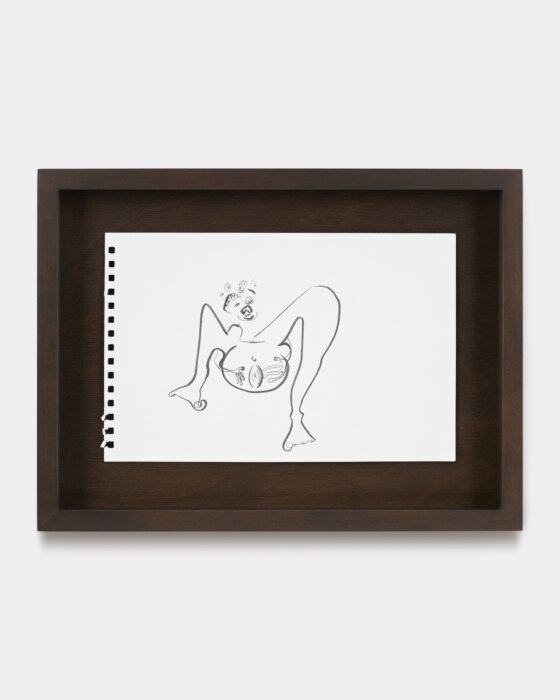
“What it feels like” (2022) is a sketch of a cluster of limbs and organs in bold and light lines and exaggerated disproportion — bent legs, breasts, one unmistakable as such, a second more a suggestion, a gaping vulva flanked by faintly drawn hands that pull butt cheeks apart, belly button, a detached head floats above the form. Another page, written text from top to bottom, given the title, “This is Pain. This is healing” (2017), is a diaristic snapshot, as are several others in these works. “I am currently recovering from top surgery,” the first line reads. The second sentence originally began with “However,” however, Chella Man scratched it out, and instead dove straight into his feelings, unqualified: “I feel as if it is not top surgery I am recovering from. It’s spendng years. My entire life in a body I do not connect with.” A number of the sketches have the declaration “deaf af” (“as fuck”) written in them.
References are made to the singer Miley Cyrus, the actress Ruby Rose, and the HBO fictional series, “Orange is the New Black.” But, there is something of the Picassian in these works. “Reminds me of Guernica,” I overheard a visitor say, referring to the 1937 painting by Picasso. Chella Man’s piece “The Shapes I See” (2016) carries a faint echo of Picasso’s “Portrait of Gertrude Stein” (1906). In 2017, he told Affinity magazine, “My inspiration is pulled from anything I stumble upon that I find aesthetically pleasing. This could be a Picasso in the MoMA or a polka-dotted hat on the NY subway. Mainly, however, I create my art by extracting my emotions from life experiences.” And therein lies the twist. Whether or not inspiration was involved in these sketchbook creations, Chella Man and his curator-gallerist Hannah Traore are needling the whole premise of the sketchbook exhibition at its ideological fulcrum.
Nicholas Boston, Ph.D., is a professor of media sociology at the City University of New York-Lehman College.

